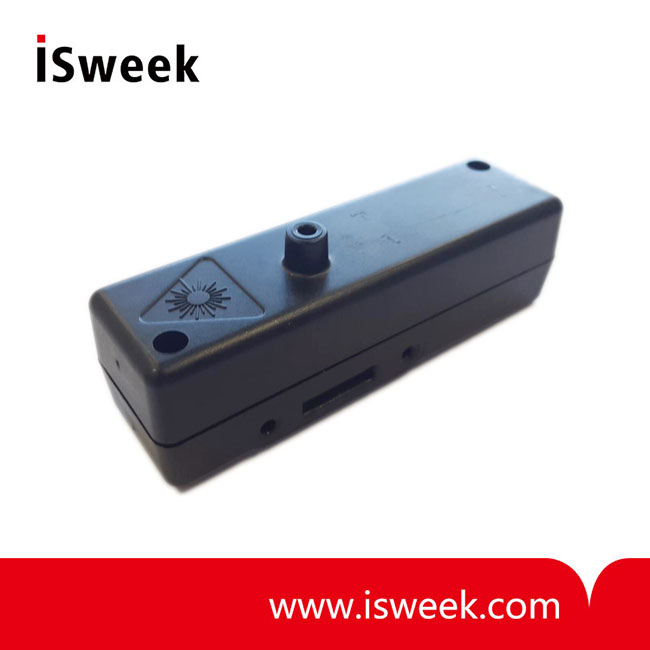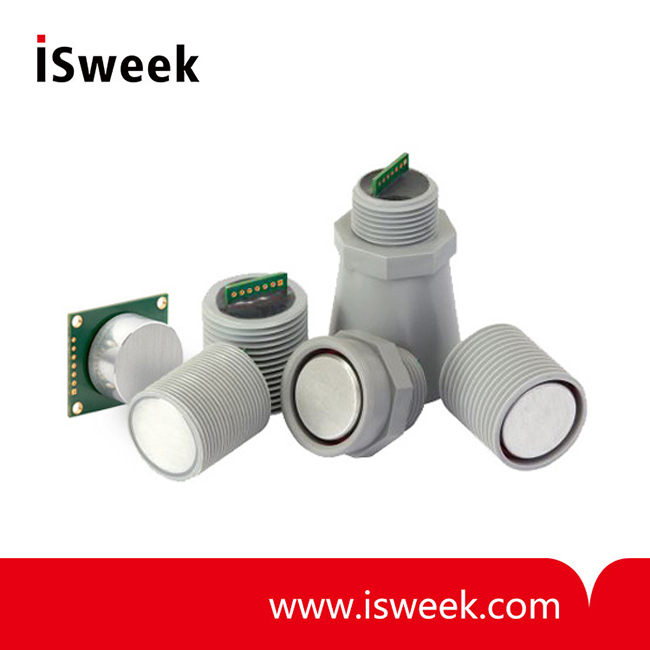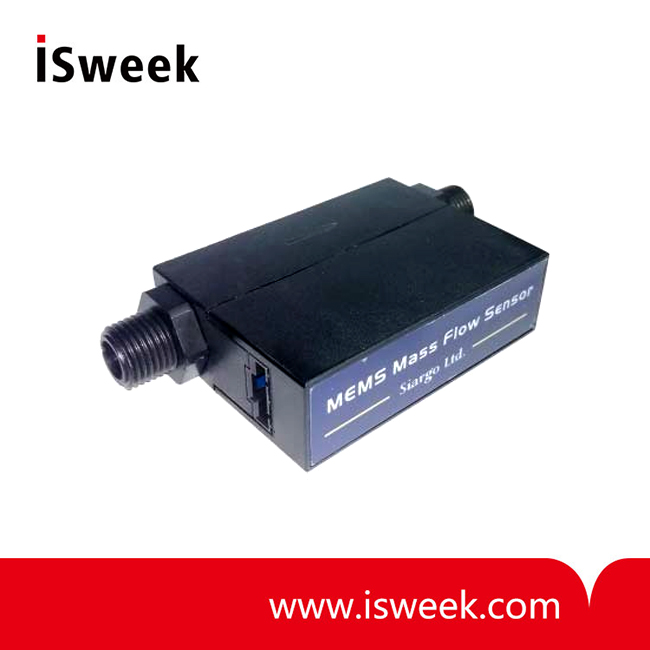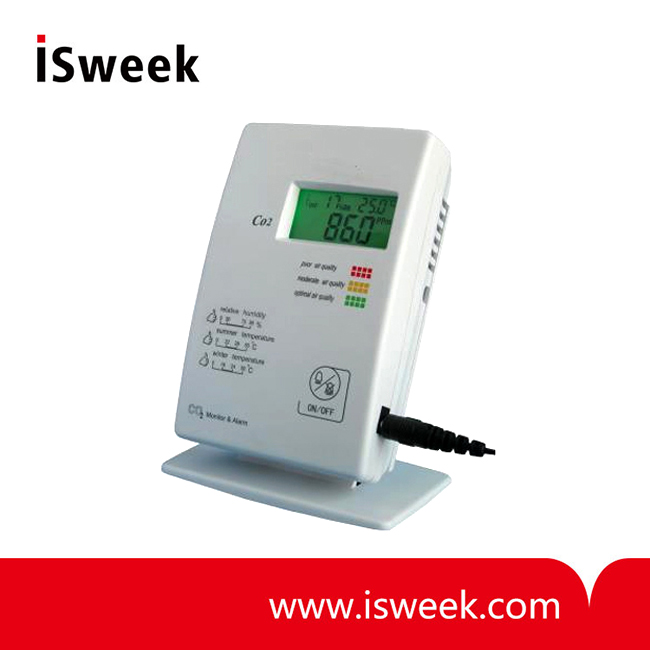Smart Public Toilets: A Pillar of Modern Urban Development
As cities worldwide embrace the concept of “smart cities,” public toilets have evolved from basic facilities into critical components of urban infrastructure. These spaces now reflect a city’s commitment to hygiene, sustainability, and technological innovation. However, traditional public toilets often struggle with issues like poor air quality, inefficient maintenance, and outdated designs. Smart public toilets address these challenges by integrating gas sensors and temperature & humidity sensors, creating cleaner, more efficient, and user-friendly environments.
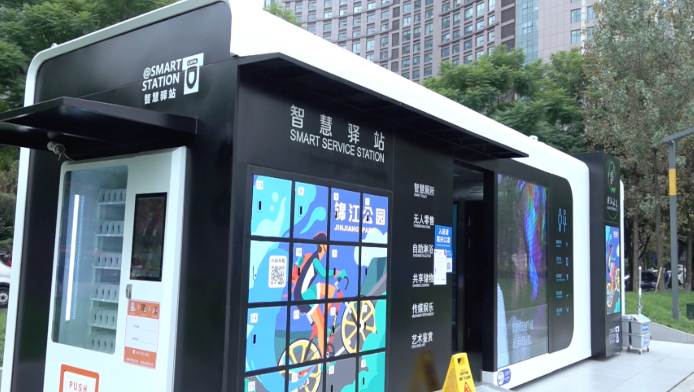
Challenges in Traditional Public Toilet Management
-
Poor Air Quality: Lingering odors due to inadequate ventilation systems.
-
Inefficient Resource Use: Excessive water, soap, and paper towel waste.
-
Delayed Maintenance: Lack of real-time monitoring leads to prolonged unsanitary conditions.
-
Outdated Infrastructure: Facilities often fail to meet modern hygiene and accessibility standards.
To tackle these issues, cities are adopting IoT-driven solutions that combine sensor technology with intelligent management systems.
How Gas Sensors Transform Public Toilet Hygiene
Gas sensors play a pivotal role in maintaining air quality. By detecting odor-causing compounds like ammonia (NH₃), hydrogen sulfide (H₂S), and methane (CH₄), these sensors enable:
-
Automatic Ventilation Activation: Exhaust fans turn on when odor levels rise, ensuring fresh air circulation.
-
Real-Time Deodorization: Integrated systems release eco-friendly neutralizers to eliminate smells instantly.
-
Predictive Maintenance Alerts: Sensors notify staff when filters need replacement or deep cleaning is required.
For example, installing a smell sensor in conventional toilets can trigger ventilation systems when odors exceed safe thresholds, transforming outdated facilities into odor-free spaces.
Temperature & Humidity Sensors: Ensuring Comfort and Safety
Temperature and humidity sensors optimize both user comfort and facility longevity:
-
Mold Prevention: By monitoring humidity levels, sensors activate dehumidifiers if readings exceed 60%, reducing mold growth risks.
-
Energy Efficiency: Adjust heating or cooling systems based on real-time occupancy data to minimize energy waste.
-
Infrastructure Protection: Detect freezing temperatures in winter to prevent pipe damage.
These sensors ensure public toilets remain comfortable in all seasons while reducing operational costs.
IoT Integration for Smart Management
Smart toilets leverage IoT technology to create interconnected systems:
-
Foot Traffic Monitoring: Infrared sensors track usage patterns, optimizing cleaning schedules and resource allocation.
-
Touchless Amenities: Pyroelectric sensors enable hands-free soap dispensers, faucets, and paper towel systems, minimizing cross-contamination.
-
Centralized Data Platforms: Cloud-based dashboards aggregate data from multiple facilities, enabling predictive maintenance and real-time issue resolution.
For instance, Chengdu’s “Toilet Revolution” utilizes IoT maps and sensor networks to modernize public restrooms, aligning with its goal of building a smart, sustainable city.
Benefits of Sensor-Enabled Smart Toilets
-
Improved User Experience: Clean, odor-free environments encourage public use and enhance civic satisfaction.
-
Operational Efficiency: Automated systems reduce manual labor and maintenance costs.
-
Sustainability: Smart dispensers and sensors cut water and paper waste, supporting eco-friendly initiatives.
-
City Reputation: Modern facilities reflect technological advancement and a commitment to citizen well-being.
ISweek’s Sensor Solutions for Smart Public Toilets
ISweek recommends following smell sensors, temperature&humidity sensors and solutions for public toilets, which perfectly combines toilet management and intelligent technologies.
Air quality sensor TGS2602, capable of measuring ammonia, hydrogen sulfide and VOC generated in the environment.

Features of air quality sensor TGS2602:
* High sensitivity to VOC and gases
* Low power consumption
* High sensitivity to polluted air
* Long service life
* Simple application circuit
* Small sized
Applications of air quality sensor TGS2602:
* air freshening control
* ventilation control
* air quality monitor
* VOC dector
* smell watchdog
DSM501B, TF-LP01, capable of measuring PM2.5.
Features of dust sensor module DSM501:
* Dust sensor DSM501 being able to sense cigarette smoke, pollen and household dust.
* capable of measuring particles smaller than 1 μm.
* Small in size, light in weight, and easy to install.
* 5V input circuit fitting signal processing.
* Internal airflow generator which can automatically draw external air.
* Easy maintenance to keep sensor features for a long time.

Features of laser PM2.5 sensor TF-LP01:
* High measurement accuracy
* Fast response
* Small size
Applications of laser particle sensor/PM2.5 sensor TF-LP01:
* Air purifiers, portable air quality detecting devices, smart homes.

HTG3535CH Humidity and Temperature Sensor Module
Main features of analog voltage output temperature & humidity sensor module HTG3535CH:
* Environment-friendly product
* Full range interchangeability
* High reliability and long-term stability
* Accuracy: +/-3%RH @55%RH
* Power supply should be within rated voltage
* Accuracy of temperature measurement through 10Kohm NTC is +/-1%
* Direct output, output voltage between 1~~3.6V when power supply is 5Vdc
* Capable of measuring humidity between 0~100%RH




